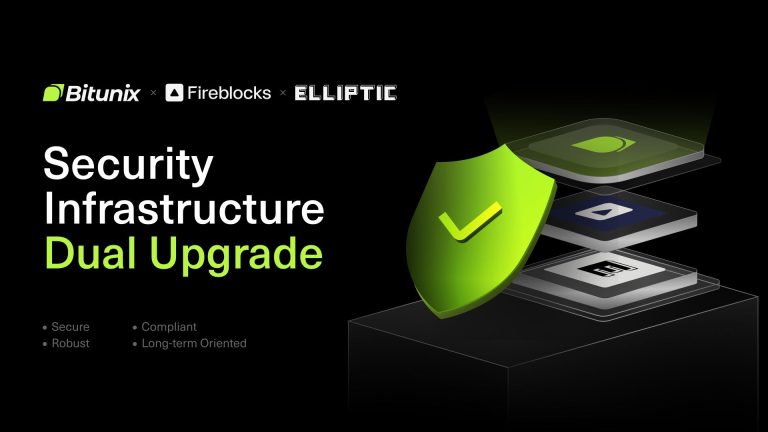
Smart Cities: Urban Trends for 2025 – Transforming the Future
Smart Cities are at the forefront of urban development, leveraging cutting-edge technology and innovative solutions to create sustainable, efficient, and livable cities. As we approach 2025, it’s essential to explore the latest trends and advancements in smart city development. Smart Cities are revolutionizing the way we live, work, and interact with our surroundings.
Introduction to Smart Cities
A smart city is an urban area that utilizes information and communication technology (ICT) to enhance the quality of life for its citizens, improve the efficiency of services, and reduce the environmental impact. The concept of smart cities has gained significant attention in recent years, with many cities around the world investing heavily in smart city initiatives.
Key Characteristics of Smart Cities
- Integrated transportation systems
- Energy-efficient buildings and infrastructure
- Advanced waste management systems
- Smart grid and renewable energy sources
- High-speed internet and digital connectivity
Urban Trends for 2025
As we look ahead to 2025, several urban trends are expected to shape the future of smart cities. Some of the most significant trends include:
1. Increased Focus on Sustainability
Sustainability will be a top priority for smart cities in 2025. Cities will focus on reducing their carbon footprint, implementing green infrastructure, and promoting eco-friendly transportation options.
2. Growing Adoption of IoT and AI
The Internet of Things (IoT) and Artificial Intelligence (AI) will play a vital role in shaping the future of smart cities. IoT sensors and AI algorithms will be used to optimize city operations, improve public safety, and enhance the overall quality of life.
3. Expanded Use of Data Analytics
Data analytics will be used extensively in smart cities to inform decision-making, optimize resources, and improve services. Cities will leverage data from various sources, including sensors, social media, and citizen engagement platforms.
4. Increased Investment in Digital Infrastructure
Digital infrastructure will be a critical component of smart cities in 2025. Cities will invest heavily in high-speed internet, 5G networks, and other digital technologies to support the growing demand for online services and digital connectivity.
5. Growing Emphasis on Citizen Engagement
Citizen engagement will be a key focus area for smart cities in 2025. Cities will use various platforms and technologies to engage with citizens, solicit feedback, and involve them in the decision-making process.
Conclusion
In conclusion, the future of smart cities looks promising, with a focus on sustainability, technology, and citizen engagement. As we approach 2025, it’s essential for cities to stay ahead of the curve and invest in the latest trends and technologies to create a better future for their citizens.



